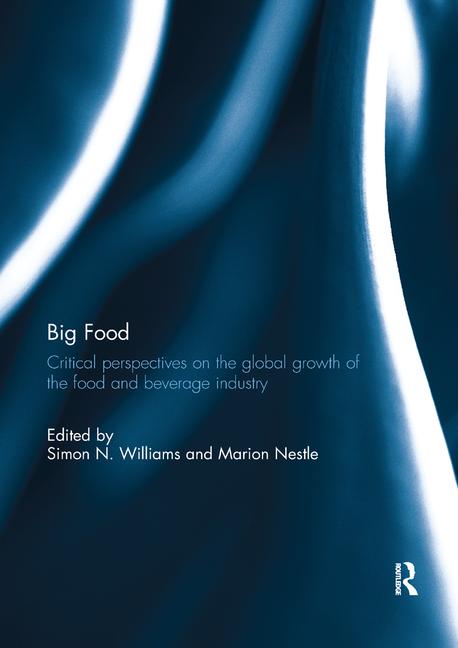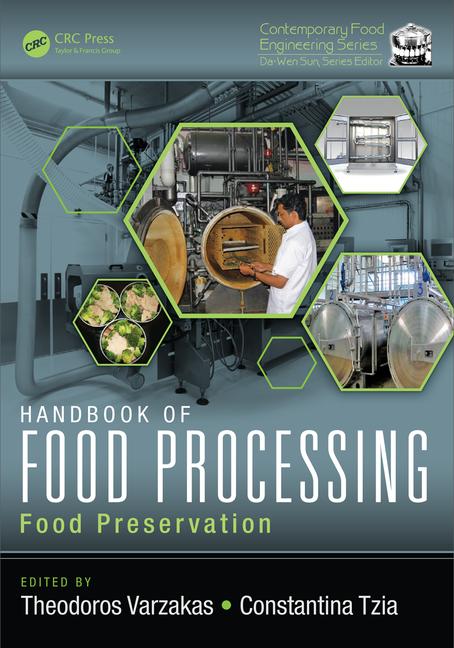Weight Problem

 As a registered dietitian with a background of more than 15 years as a chef and 25 years as a food and nutrition journalist, I’ve examined the obesity epidemic from just about every angle. Except one. I do not now, nor have I ever, had a weight concern. Of course, being middle-aged, I no longer can eat as much of anything I want and not gain an ounce. But, truthfully, even if I added 500 calories a day to my diet, it’d be a while before I acquired a weight problem. Not so for 160 million or so Americans—25 million under 18—who are overweight or obese.
As a registered dietitian with a background of more than 15 years as a chef and 25 years as a food and nutrition journalist, I’ve examined the obesity epidemic from just about every angle. Except one. I do not now, nor have I ever, had a weight concern. Of course, being middle-aged, I no longer can eat as much of anything I want and not gain an ounce. But, truthfully, even if I added 500 calories a day to my diet, it’d be a while before I acquired a weight problem. Not so for 160 million or so Americans—25 million under 18—who are overweight or obese.
That 500-calorie figure is not arbitrary: The average American daily intake is 500 calories more than in 1970. Worse, they’re not good calories; with grim irony, as caloric intake and obesity have risen, so too has malnourishment. Many Americans suffer deficiencies in vitamins D, K, E; certain B vitamins; and zinc, iron, iodine and omega-3 fatty acids. And, since 1970, the number of kids who walk to school fell from nearly half to about one in eight. Physical activity among all Americans is about a quarter of what it was.
So, while the laws of physics might reduce weight loss to an equation of “calories in < calories out,” several huge confounding factors are unavoidable. Genetics constitute a major factor in obesity…some experts say as much as 90%. Also satiety. Most popular diets have their deserved snake-oil reputation (The Skinny Carbs Diet* excepted, of course), ignoring the gravity of these factors on individuals. They point the finger at a single class of ingredient—fats or carbs—and prey on the too-human combination of ignorance and wishful thinking. They also bypass an entire anthropology of the human relationship to food and the individual’s psychology of same. (For a moving article on the latter, I recommend “The Adverse Childhood Experiences Study—the Largest Public Health Study You Never Heard Of,” by Jane Ellen Stevens.)**
And, here’s where 21st century food and beverage processors are earning their stripes. For processors today, the focus for weight management is on fullness, fortification and flavor. In this final issue of 2012, our Annual Health Issue, you’ll find the “Ingredients and Formulations for Weight Management Survey.” It’s packed with info on how to create exciting and enticing foods and beverages with this progressive weight control paradigm in mind.
* http://amzn.to/QIuyBl
Application Challenges?
Join us for Prepared Foods’ R&D Applications Seminar-Chicago, August 14-15, 2013, at Renaissance Chicago O’Hare.
This 9th annual event provides food & beverage formulators with practical, non-commercial, “how-to” solutions to specific formulation and application challenges and a better understanding of the functionality of a comprehensive range of ingredients.
The Seminar’s extensive educational program features over 40 individual, technical sessions and eight, 75-minute Application Labs, and a keynote address each day.
Application Labs
The Application Labs feature the use of product samples to more effectively demonstrate an ingredient’s functionality or its use in a finished consumer product or model system.
All sessions are non-commercial and provide technical solutions to current ingredient applications and formulation challenges.
Prepared Foods is now accepting
presentation outlines. Submit your presentation at www.rdseminarchicago.com.
For more information, visit www.rdseminar chicago.com or contact Marge Whalen at 847-405-4071 or whalenm@bnpmedia.com.
Looking for a reprint of this article?
From high-res PDFs to custom plaques, order your copy today!









